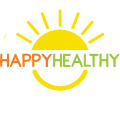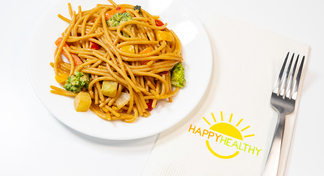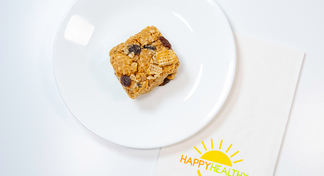How To: Handwashing
Wash Your Hands
Handwashing is the best way to prevent the spread of germs.
How do we get germs?
All of us pick-up germs from our everyday activities:
- Playing with a pet
- Tending to a garden
- Riding a bike
- Going to the gym
- Handling raw meat
- Using your cell phone
Take time to wash your hands throughout the day.
The more you wash your hands the fewer germs you carry and the less likely you are to get sick or make someone else sick.
Always wash your hands:
- For at least 20 seconds
- Before you prepare or eat food
- After sneezing or coughing
- After using the toilet
Follow these 6 steps to wash your hands using soap and water:
- Wet your hands with cold or warm running water
- Apply soap to your hands and lather well
- Make sure to scrub all parts of your hands including palms, backs, fingers, and under your nails
- Rinse your hands under running water
- Once rinsing is complete, take a paper towel to turn off the faucet
- Dry your hands using a clean towel or allow them to air dry
When should I use hand sanitizer?
Hand sanitizer is the perfect option when soap and water is not available.
For hand sanitizer to be most effective at killing germs:
- Use hand sanitizer that is at least 60% alcohol
- Use enough sanitizer to cover entire surface of your hands
- Rub your hands together until they feel dry
- Never rinse or wipe off hand sanitizer before it dries
It’s better to use soap and water:
- If your hands are visibly soiled
- After handling any chemicals


























